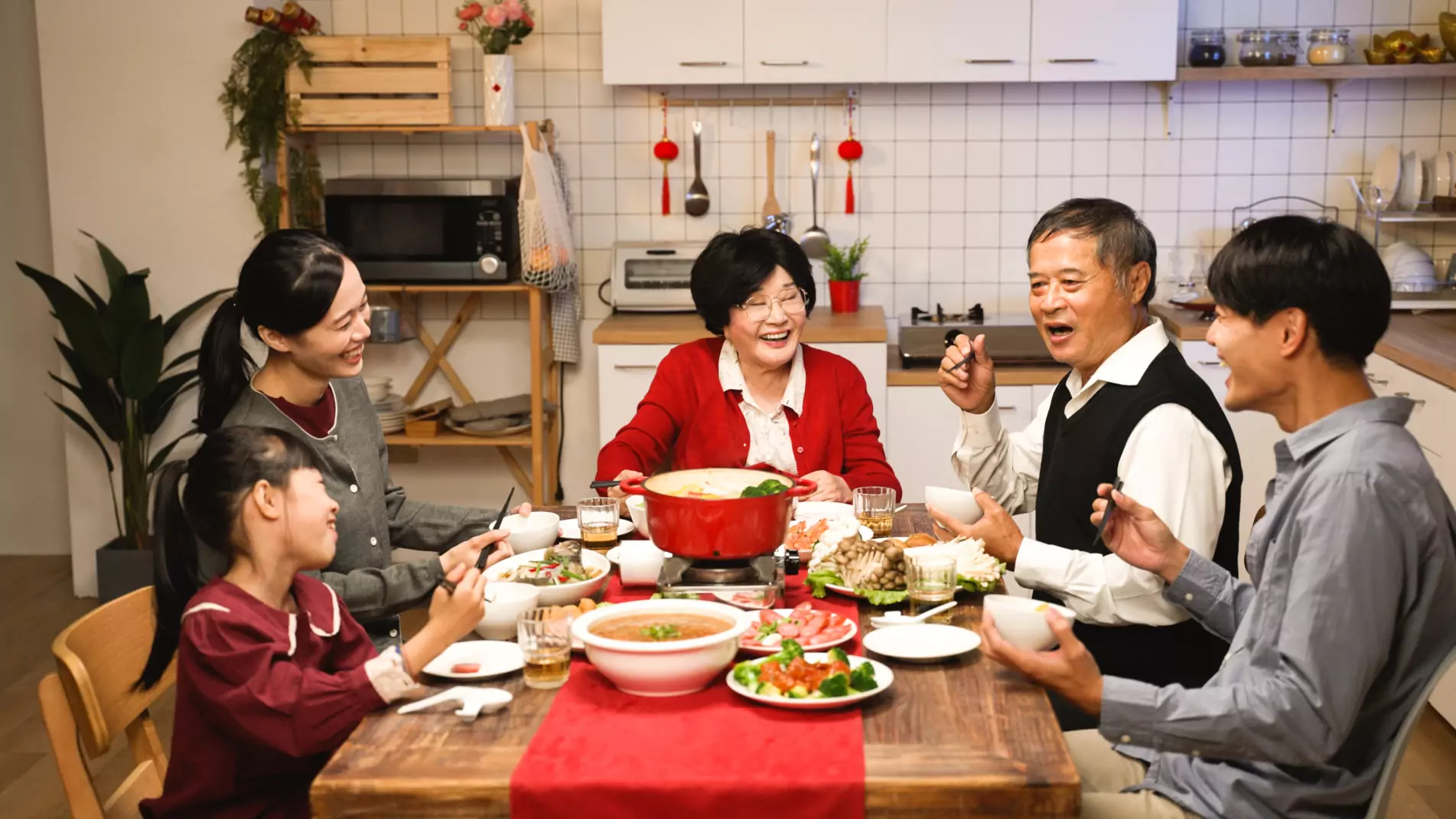Lunar New Year food includes fish, dumplings, egg rolls, and more, with each being full of flavor and meaning.
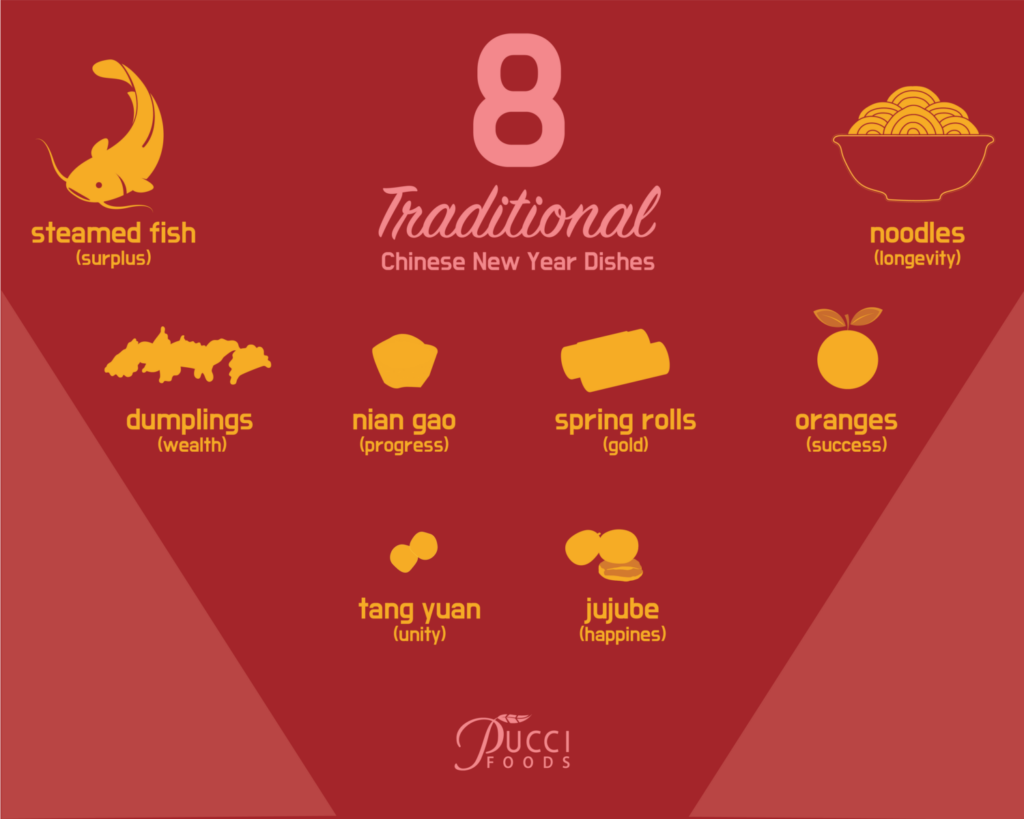
When thinking about Lunar New Year food, the Chinese are the first people to come to mind. While many East Asian cultures celebrate Lunar New Year, Chinese tradition has had the most influence on what we think of as Lunar New Year food. Below, we list the recipes and symbolism of 8 traditional Chinese New Year dishes.
1. Whole Steamed Fish
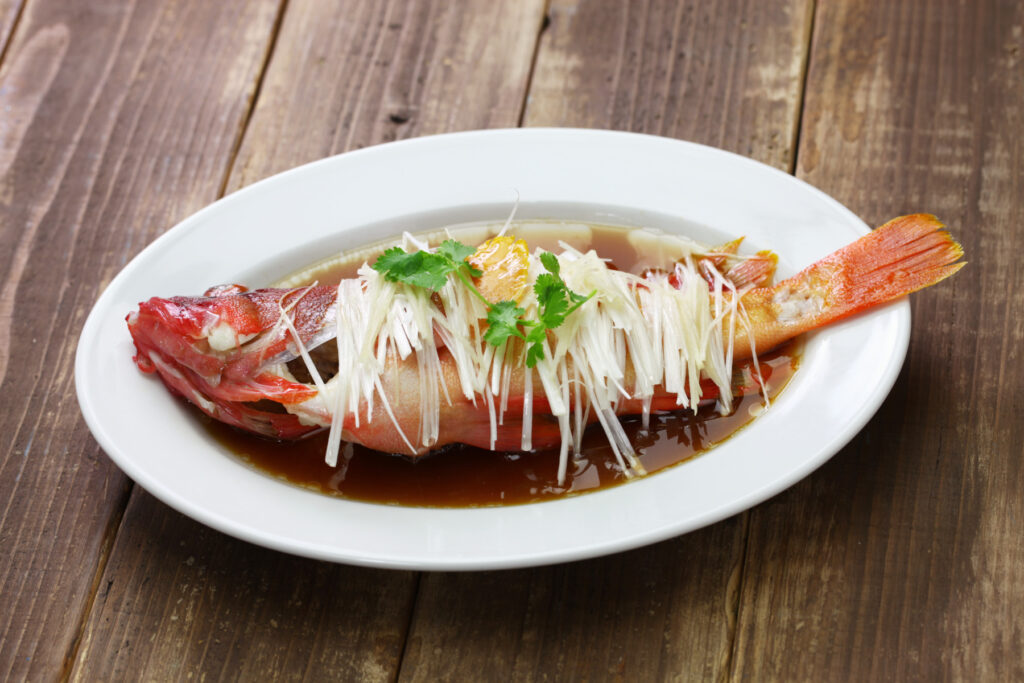
Recipes:
- Chinese Steamed Fish – Rasa Malaysia
- Steamed Catfish – Epicurious
- Steamed Fish w/ Ginger – The Food Network
Symbolism: Surplus
Of all the dishes eaten at Chinese New Year, steamed fish holds the most symbolism. Whole steamed fish should be the centerpiece of a traditional Lunar New Year’s feast. It should also be the last dish standing, as it symbolizes surplus. This is derived from the the Mandarin word for fish, 魚 (yú), which is a homophone with the Mandarin word for extra, 餘 (yú). It is important that the whole fish is kept in tact, so as to represent a good beginning (the head) and end (the tail). The head should face the most distinguished guest to show honor and respect.
For a list of healthy, sustainable fish options, see our seafood catalog page.
2. Dumplings
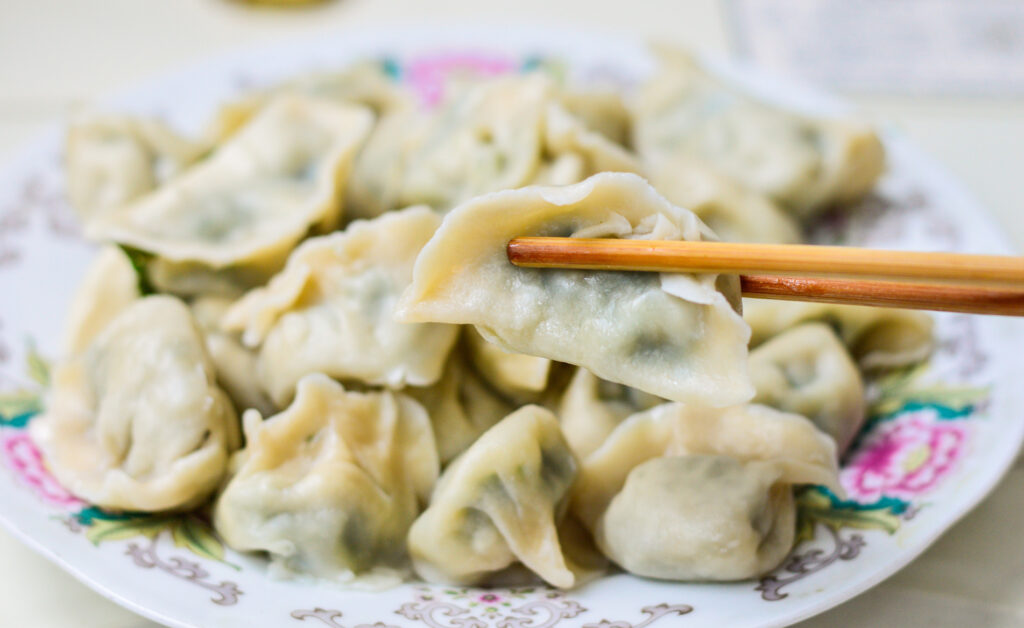
Recipes:
- Lunar New Year Dumplings – Food & Wine
- Classic Chinese Dumplings – The Kitchn
- Homemade Dumpling Recipe – The Washington Post
Symbolism: Wealth
These delicious delights are enjoyed year-round, but their meaning becomes important as a Lunar New Year food. Dumplings are shaped like the ancient Chinese currency, 元寶 (yuán bǎo), symbolizing wealth. When wrapping dumplings for Lunar New Year, seal them with as many pleats as possible, symbolizing a multiplicity of earnings for the coming year.
3. Spring Rolls
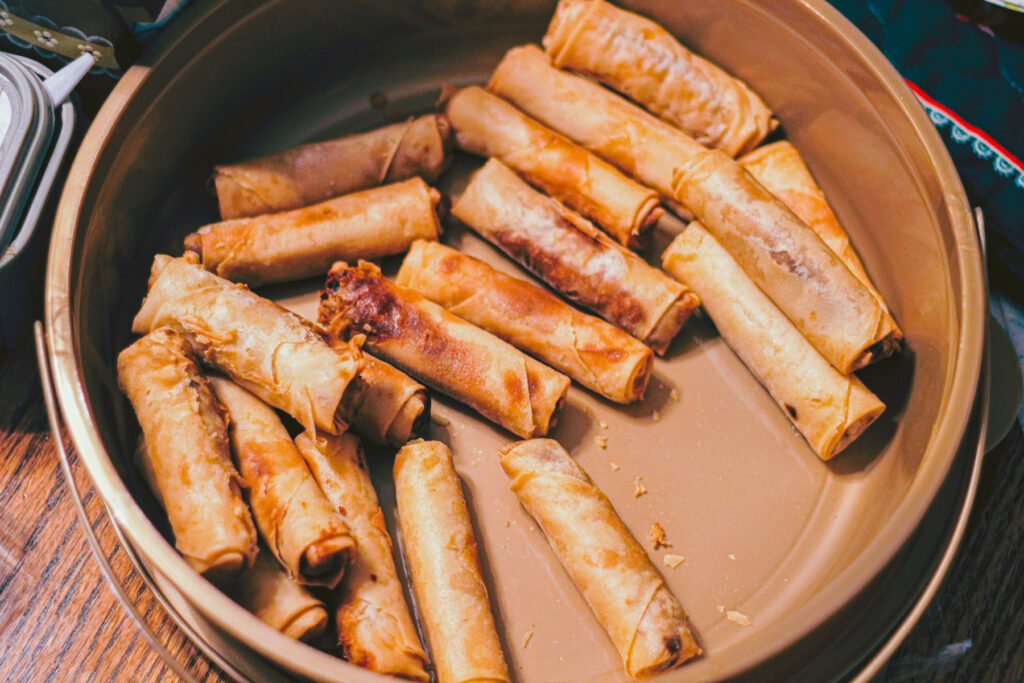
Recipes:
- Homemade Spring Rolls – The Woks of Life
- Chinese Chicken Spring Rolls – Steamy Kitchen
- Chinese Vegetable Spring Rolls – The Spruce Eats
Symbolism: Gold
These golden-brown delights are packed with vegetables, pork, and meaning. Spring rolls look like golden bars, appropriate for the common saying that is said along with their consumption: 黄金万两 (huáng jīn wàn liàng), meaning, “a ton of gold.”
4. Jujube
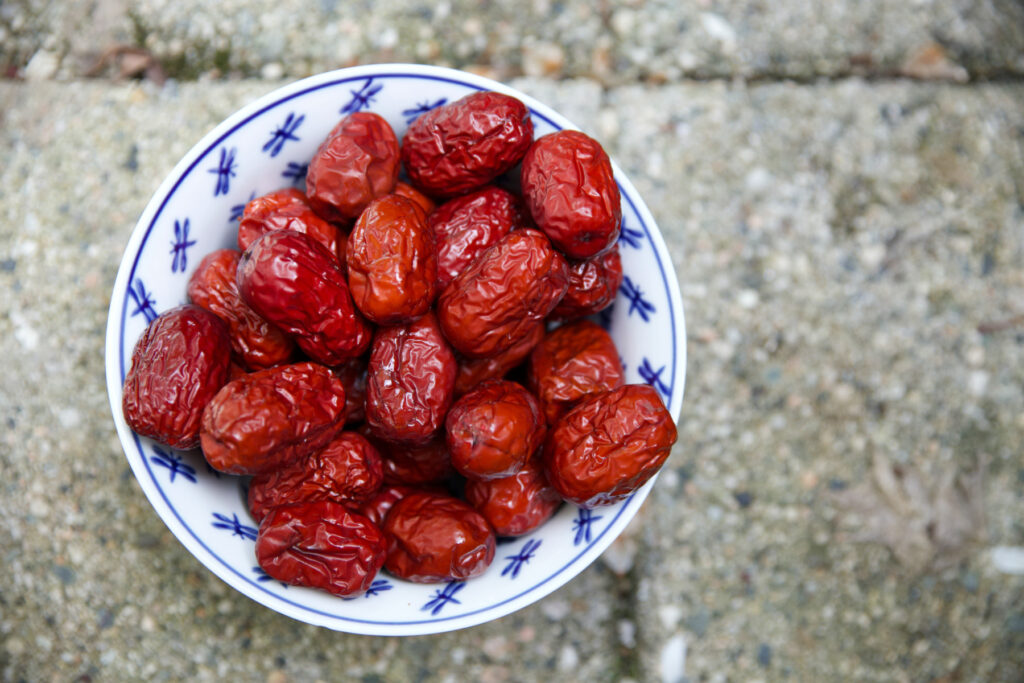
Recipes:
- 4 Ways to Cook with Jujube – Wikihow
Symbolism: Happiness
The Jujube, also called “the Chinese date”, has a rich, red color. It is in the color red that its symbolism lies. Some say that no country has adopted a single color in such a thorough way as China has with red. To the Chinese, red is fire, it represents the soul of the nation, and it symbolizes happiness and prosperity–everything one hopes for in the new year.
5. Nian Gao [New Year’s Cake]
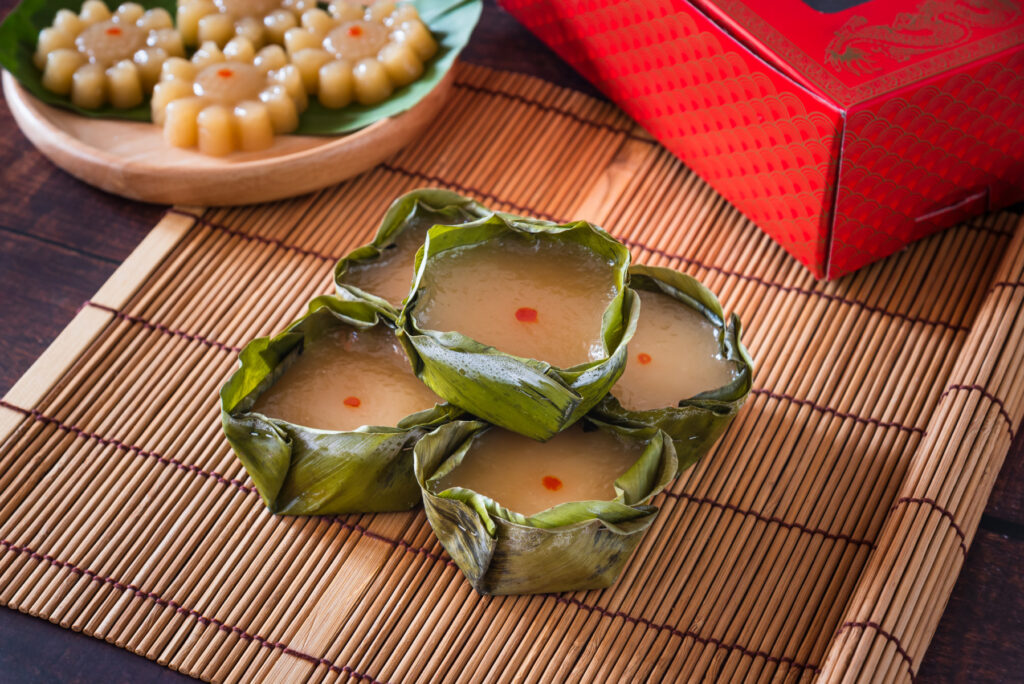
Recipes:
- Nian Gao – The Food Network
Symbolism: Progression
The taste of this sweet, chewy pastry permeates every Chinese person’s Lunar New Year memories–and for good reason. Not only is the taste impressionable through the years, but the nature of its symbolism gives it meaning through the passage of time. The word 年糕 (nián gāo) gives rise to another set of homophones, (1) New Year’s Cake, and (2) a tall year, which, when said a certain way, is a wish for someone to continue to progress in wealth with each passing year.
6. Tang Yuan [Gluttonous Rice Balls]
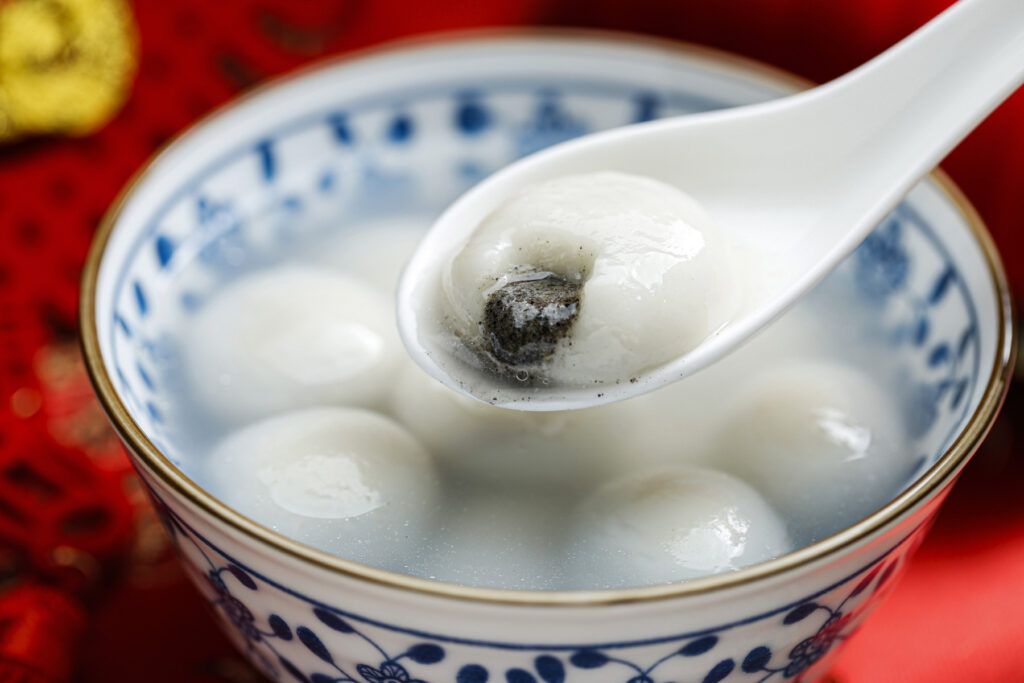
Recipes:
- Tang Yuan (all filling types) – Serious Eats
Symbolism: Unity
湯圓 (tāng yuán) is a mochi-like ball often filled with black sesame or peanuts. The round, cohesive shape of tang yuan symbolizes cohesiveness and unity. This reminds Lunar New Year celebrators that uniting family is the true joy of Lunar New Year.
7. Noodles
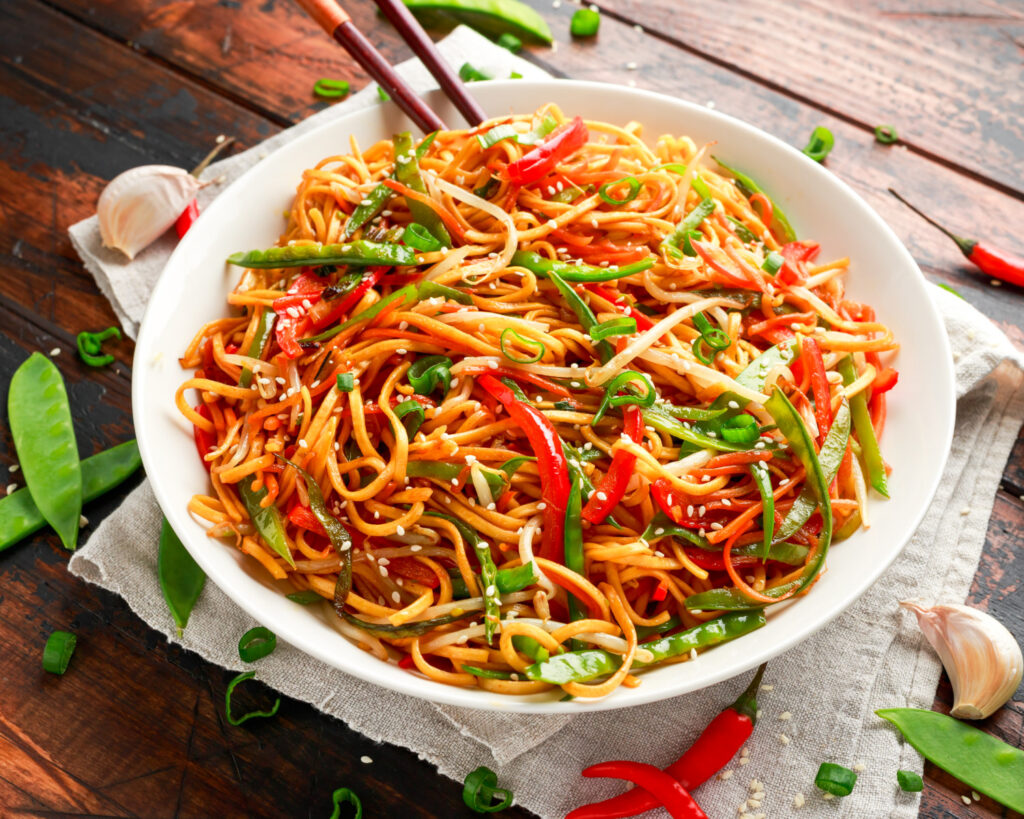
Recipes:
- Long Life Noodles – The Woks of Life
- Longevity Noodles – Epicurious
- Longevity Noodles – Food & Wine
Symbolism: Longevity
Traditionally served as one long noodle, this dish symbolizes a long life. Nowadays, multiple longer-than-normal noodles are served instead, but the symbolism remains: eating this dish grants you longevity. “Longevity noodles” can be found in a soup, mixed in a sauce, or fried.
8. Oranges & Tangerines
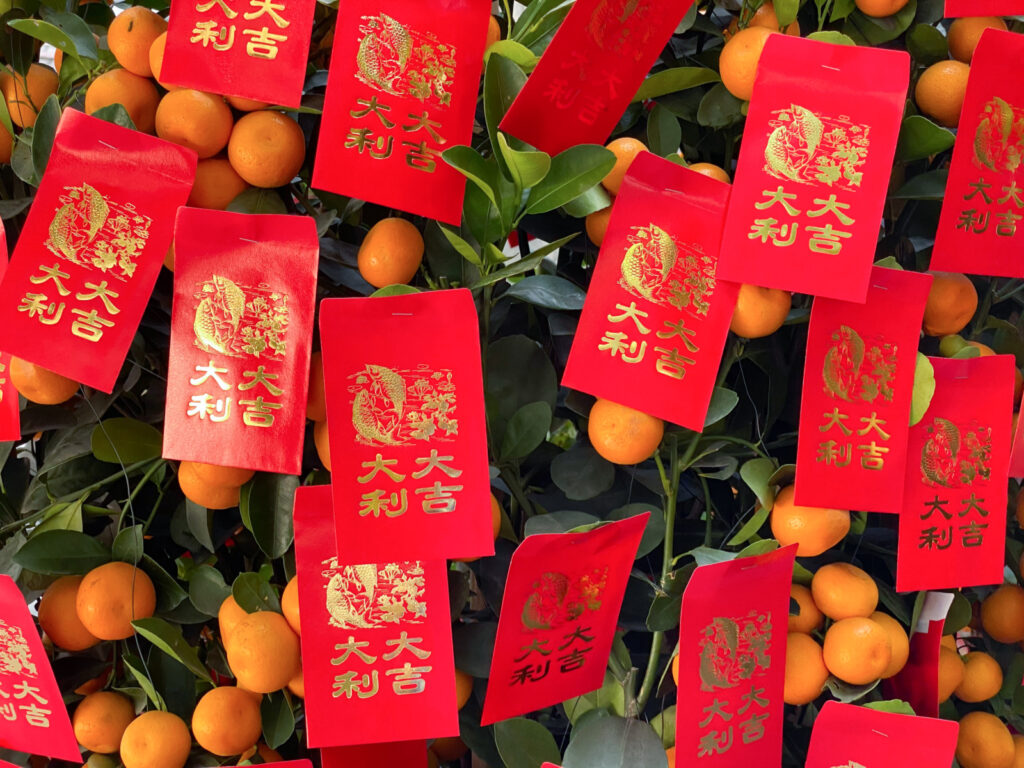
Symbolism: Success
These vibrant fruits adorn Lunar New Year tables and are often exchanged between family and friends. Their orange color represents gold. Additionally, the word for tangerine, 橙 (chéng), is a homophone with 成 (chéng), the word for success.
Lunar New Year Overview
Lunar New Year marks the first day of the lunar calendar, a calendar based on the cycles of the moon. Each moon cycle, from new moon to new moon, lasts 29 1/2 days and the calendar starts over after 11 cycles. To maintain synchronization with the solar cycle, many traditions, like the Chinese, have adopted a lunar-solar calendar system, which adds an extra cycle in this 11-cycle cadence. This is how Lunar New Year falls around the same time in every Gregorian calendar year. Lunar New Year 2022 falls on February 1st.
Pucci Foods is a 100 year old seafood distributor based in Hayward, California. We are known for going above and beyond for our customers in supplying quality seafood in a sustainable way. From fresh wild catch to affordable, sustainably farmed species, we are the seafood solution for restaurants, retailers, institutions, and wholesalers who are looking for fresh quality, committed care, and sustainable satisfaction.

